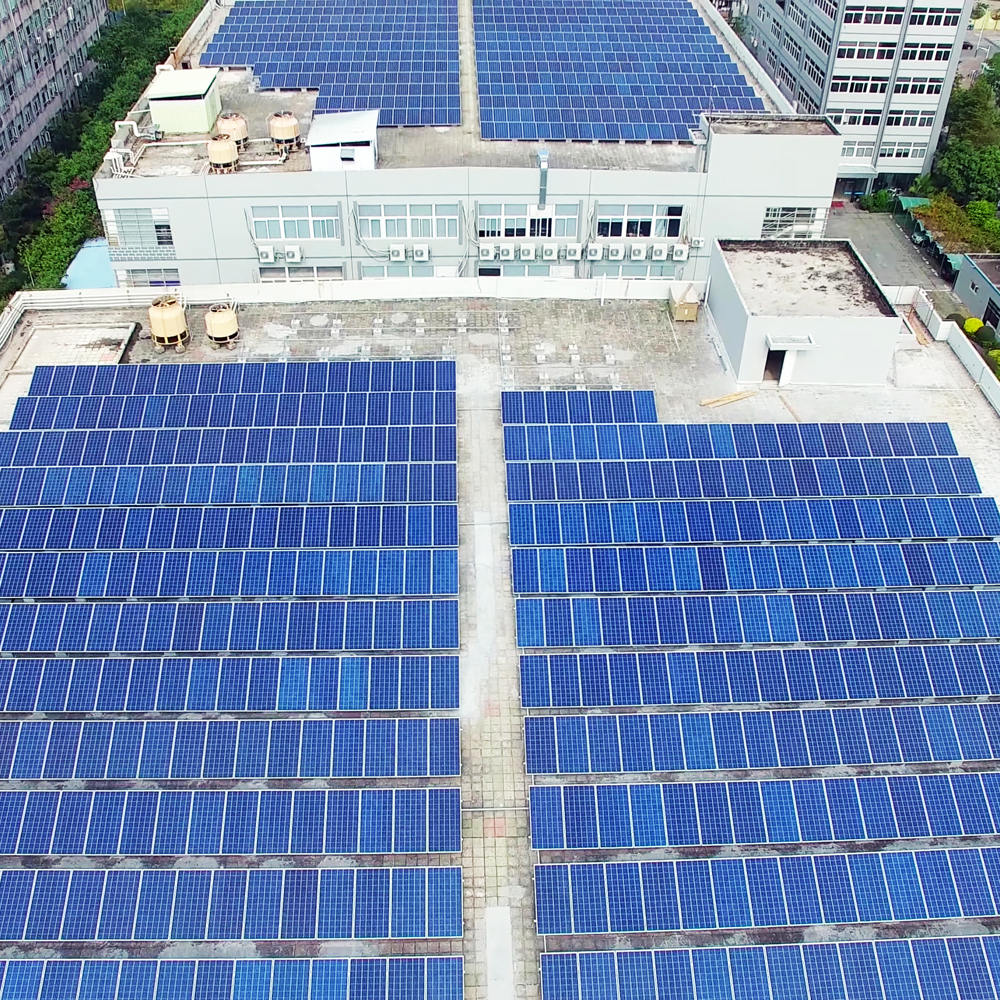Empowering Innovation, One Panel At A Time
Environmental, social and governance (ESG) initiatives, higher energy costs, geopolitical instability and government mandates to reduce dependence on fossil fuels are expected to drive demand for solar energy in the coming years. Global sales of solar-energy systems are expected to grow at a CAGR of 15.7% between 2022 and 2030, according to Grand View Research.1
Advances in solar technology will fuel demand as well. The shift to monocrystalline-cell technology is enabling manufacturers to produce photovoltaic cells that are more powerful, efficient and longer- lasting. Photovoltaic manufacturers are improving the efficiency and durability of panels while reducing their costs, which is expected to make the cost of solar energy increasingly competitive with coal and natural gas.
This global manufacturer of solar-energy systems aims to cut its production costs in half by leveraging advanced technology known as fluid bed reactors (FBR), which will enable the company to offer new cell technologies for its wafer, cell and module products. The company anticipates that the FBR technology will reduce energy consumption in chemical-vapor deposition by more than 80% compared to standard reactors.


The Problem
In 2007, this company made waves in the solar-energy industry when it announced its plans to build a $6.3 billion solar manufacturing plant in Singapore. The company chose RoviSys to design and implement the facility management and control system. Production of wafers, cells and panels began in 2010 at the state-of-the-art facility.
The company has been growing steadily, evolving into a global leader in photovoltaic manufacturing, but a decade after the initial monitoring and control system was deployed, some challenges were beginning to emerge. As disparate control platforms were added over the years, maintenance and cross-training were becoming cumbersome. Increasing production demands and an aging system infrastructure prompted the client to initiate a full-scale modernization and standardization across the entire facility.

Our Role
The company engaged RoviSys, aiming for no more than 48 hours of total downtime to complete the system installation and cut-over. RoviSys proposed migrating all control systems to a unified SIMATIC PCS 7 platform, in a multi-phase approach. In collaboration with the client, the RoviSys engineering team created a project timeline and designed the new control architecture.
The first phase kicked off with the upgrade of the utility system. From there, the plan progressed through subsequent phases of system migrations at the cell and module manufacturing sites. Ultimately, RoviSys exceeded the client’s expectations, delivering the solution with zero downtime.
The successful completion of the project makes an important milestone for RoviSys. The modernization project was the first system upgrade that RoviSys has deployed in Singapore, and it demonstrates the firm’s strong relationships with clients after initial implementation.

The Solution
The Siemens SIMATIC PCS7 distributed control system is designed to fully support a facility’s digital transformation, enabling seamless integration of process and diagnostic data from intelligent field devices. The platform’s data archiving and reporting capabilities provide detailed operational insights that can be leveraged for efficiency gains. With SIMATIC PCS7 Web Server, the plant can be monitored and controlled from anywhere via a web browser.
The redundancy and hot-swap features of the PCS7 suite allowed all modification and migration procedures to be completed on site without interrupting daily operations.

The Result
The modernized, unified control system has provided a more efficient and reliable platform for the Singapore facility, enabling the company to ramp up production with 100% uptime operation. There hasn’t been a shutdown incident at the plant since RoviSys implemented the original control system in 2009.
Now that the entire facility is running on a standardized control platform, the learning curve for training and onboarding has been reduced significantly. The successful completion of the project makes an important milestone for RoviSys. The modernization project was the first system upgrade that RoviSys has deployed in Singapore, and it demonstrates the firm’s strong relationships with clients after initial implementation.